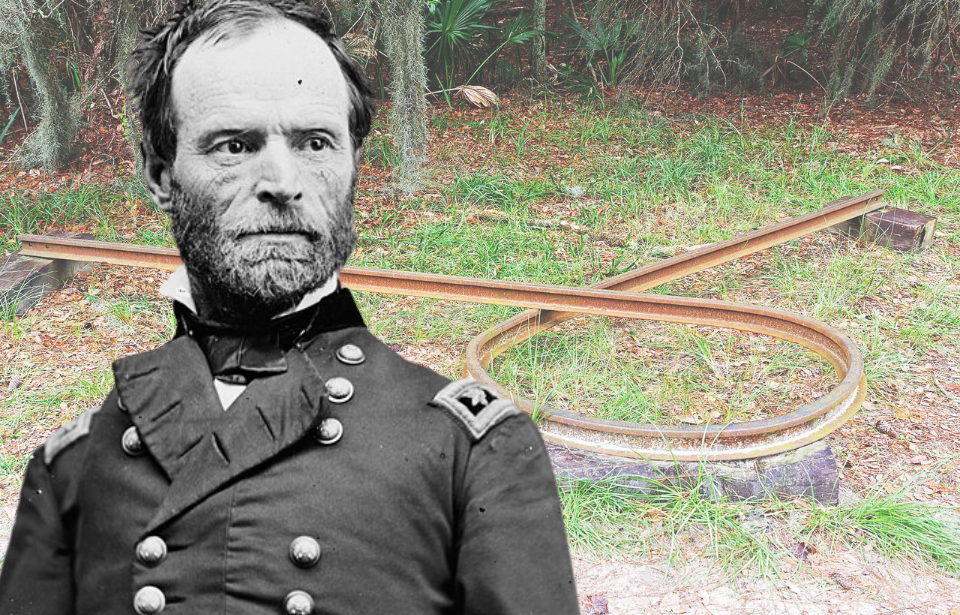Sherman’s Neckties, alternatively referred to as Sherman’s Bowties, Jeff Davis’s Neckties, and Sherman’s Hairpins, were strategies used by the Union Army during the American Civil War to disrupt railroad functions. These tactics, named after Major General William Tecumseh Sherman who devised them, sought to weaken the Confederacy’s strategic and economic base by attacking its railway system directly.
The Union Army needed to slow down the Confederates
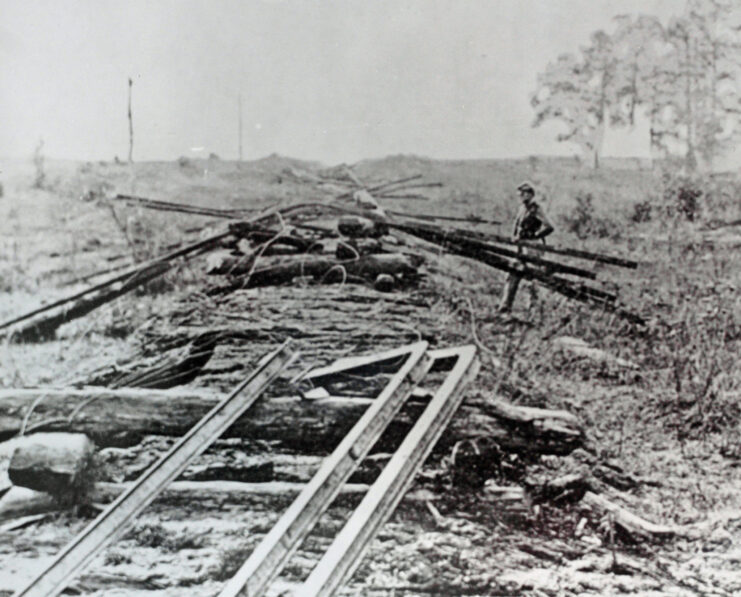
The first way to make Sherman’s Neckties
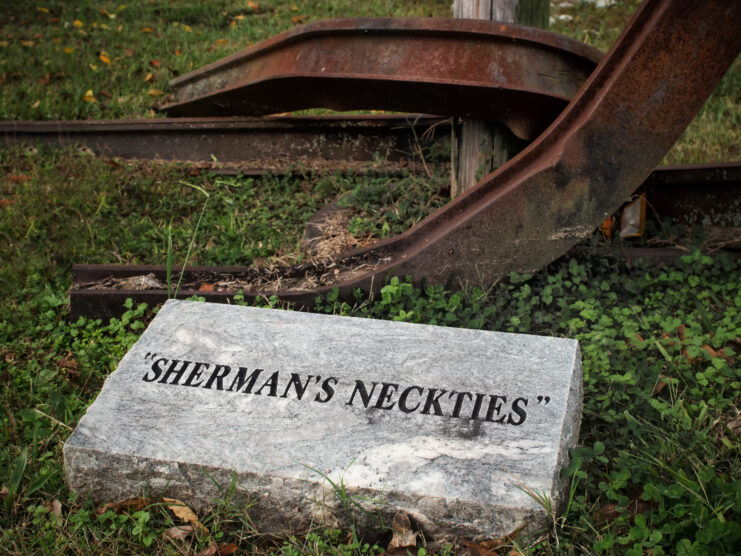
Simply destroying the railroad tracks was not enough to effectively disrupt Confederate supply lines. After Union forces dismantled them, they couldn’t fully remove the rails, allowing the Confederates to easily reassemble them.
To address this issue, Sherman directed his troops to lift the tracks off the ties and place them vertically across a bonfire. As the rails heated, their weight caused the metal to warp. However, this method was not entirely successful, as it only partially deformed the rails. With determined effort, Confederate troops could straighten the rails and swiftly restore the tracks to their original condition.
The second way to make Sherman’s Neckties

Instead, the soldiers on the ground devised a more effective method for twisting the rails, rendering them completely unusable. Using the heat from a bonfire, they would heat the rail until it was red-hot and then twist it around a tree, bending it enough so that the ends overlapped.
As these twisted rails remained on the trees, they came to be called Sherman’s Neckties. The Confederates lacked both the foundry capacity to melt down all the rails and the manpower to lay new tracks.
Meridian Campaign of 1864
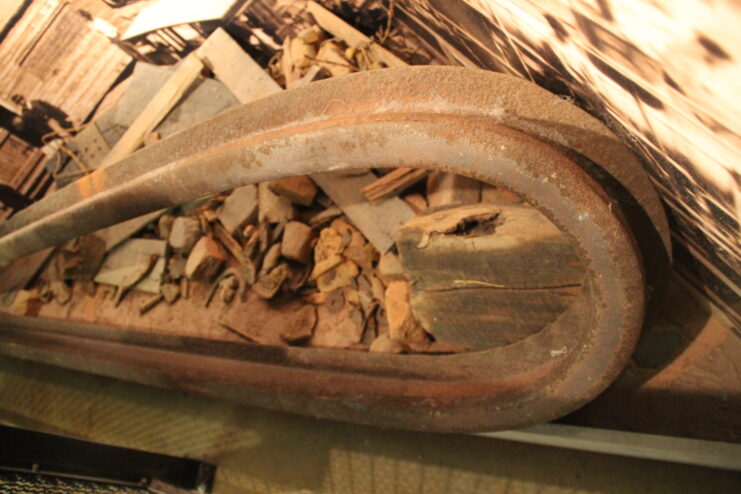
The town of Meridian, situated in eastern Mississippi, held a lot of strategic value for the Confederate Army due to its intersection of three vital railroads and its role as a hub for storing and distributing agricultural goods for Southern military operations.
Recognizing Meridian’s importance, Sherman aimed to intercept and destroy Confederate access to these railroads. By achieving this objective, Union forces could effectively limit Confederate mobility as they advanced towards the Mississippi River during their March to the Sea Campaign.
On February 3, 1864, Union troops started the campaign “to break up the enemy’s railroads at and about Meridian, and to do the enemy as much damage as possible in the month of February, and to be prepared by the 1st of March to assist General [Nathaniel] Banks in a similar dash at the Red River country.”
The Impact of Sherman’s Neckties
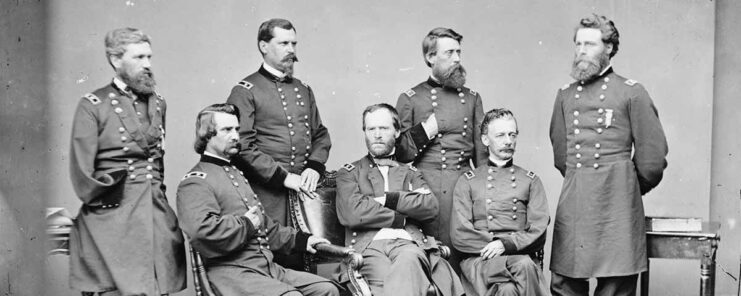
When Sherman’s men arrived in Meridian on February 14, they immediately began prying up the railroad tracks, leaving only Sherman’s Neckties in their wake. They completed their objective and returned to Vicksburg by March 6. It took the Confederates 26 days to restore the rails.
Want War History Online‘s content sent directly to your inbox? Sign up for our newsletter here!
The sabotage put the South’s rail lines out of commission for nearly a month, critically impacting their position in the war and proving that Sherman’s Neckties were an effective tactic.
